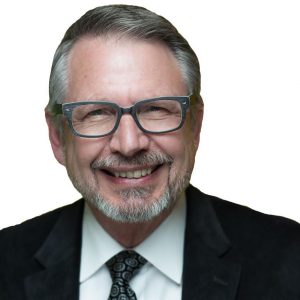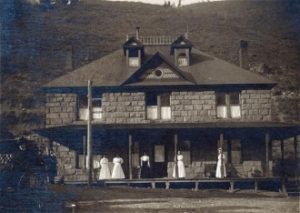
18 Jan Telluride Med Center: Highs & Lows of 2016
Telluride Medical Center’s CEO, John Garner, recounts the highs and lows of 2016. With apologies to Charles Dickens and the famous quote from his “A Tale of Two Cities,” last year was the best of times; it was the ok of times.

John Gardner, CEO, Telluride Med Center
One of the joys of my job at the Telluride Regional Medical Center is getting to understand the history of this sacred summer Ute camp, turned mining town, turned ski tow, and how medical care has changed and grown with each new era.
Recently I stumbled upon some medical center data from 1981, when the Med Center had 3,285 “patient encounters.”
I’ve researched too what health care looked like at the turn of the last century, when Dr. Hall’s hospital at the top of Fir Street tended the needs of a population that boasted nearly 5,000!
In 2016, our clinic saw just over 16,000 patients, which does not include those we saw for wellness consultations, educational classes, or oxygen therapy—services that were not available in 1892, when the first trains arrived here to the Depot District, nor 35 years ago—or even in 2015 for that matter!
Among the most impressive things to me since I landed here, in fact, has been the frequency in which we expand our services.
In all, thanks to the efforts of the Telluride Medical Center Foundation and community fundraising, we added a dozen new pieces of equipment to expand women’s services, pediatric capabilities, colposcopy testing and a host of diagnostic tools and training to look closer at everything from lung capacity, to moles, to lead levels to, yes, even feces.

Dr. Hall’s hospital, built in 1896. Courtesy, Telluride Med Center
In August, we received the highest national recognition as a NCQA Patient-Centered Medical Home for using evidence-based, patient-centered processes that focus on highly coordinated care and long-term, participative relationships.
The primary care department also boosted their Behavioral Health Integration Program and made major strides in the palliative care services we offer.
In November, district voters also expressed overwhelming support for a measure that allows the Telluride Medical Center to access more state grants to serve the community.
Of course, 2016 also marked a major pivot in our efforts to secure the future home for our medical center. And while the Mountain Village site had so many ideal qualities, in ending our pursuit for the wetland permit for that location behind the grocery store, the Hospital District board of directors gained new momentum for conversations with other regional players, like the Lawson Hill Owners Association and San Miguel Valley Corporation.
One thing hasn’t changed: The new site must be accessible for patients, ambulance and helicopter; suitable for current and projected needs; available for future expansion; financially feasible with funding mechanisms; and with a minimal environmental impact.
Last year also brought major personnel changes to our tight-knit team, including the retirement of Gordon Reichard and Dr. Heather Linder’s move to the Norwood clinic. I joined the team this summer (thank you, sincerely, to everyone who has made me feel so welcome) and we also welcomed Dr. Christine Mahoney, who has singlehandedly ushered in a new era of expanded women’s and osteopathic services to our primary care department.
As we soldier on into the new year, what I’m most excited about is our staff’s strengthened resolve to care for the body, mind, and spirit with a full spectrum of healthcare services, including western and complementary medicine and an emphasis on holistic health.
We provide compassionate healthcare (not just sick care!) to the community—regardless of ability to pay or who your insurance provider is.


Sorry, the comment form is closed at this time.